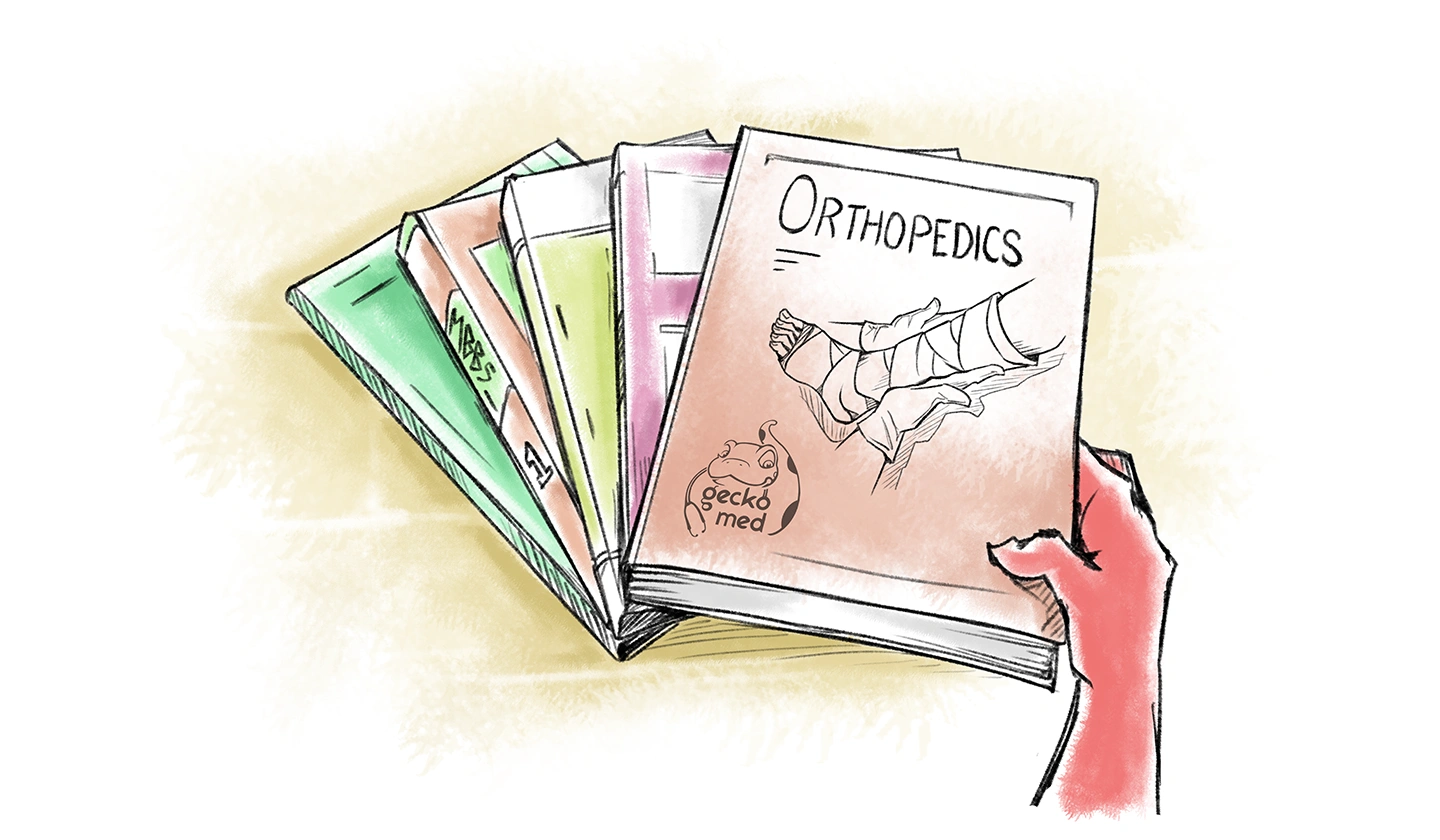Orthopedics is a specialized branch of medicine dedicated to diagnosing, treating, and managing disorders related to the musculoskeletal system.
This includes the bones, joints, ligaments, muscles, and tendons that constitute the framework of the human body.
For medical students, particularly those pursuing a Bachelor of Medicine, Bachelor of Surgery (MBBS) degree, gaining a robust understanding of orthopedics is crucial not only for their education but also for their future careers as healthcare professionals.
This field demands a deep knowledge of both anatomical structures and the various conditions that can affect them, from fractures and deformities to congenital disorders and degenerative diseases.
This article is designed to serve as a comprehensive guide for MBBS students. It highlights key textbooks and resources that are essential for studying the vast and complex field of orthopedics.
Key Textbooks for Orthopedics for MBBS
Orthopedics is a critical specialty within the medical field, focusing on the musculoskeletal system, which encompasses bones, joints, muscles, ligaments, and tendons.
For MBBS students aiming to delve into this specialty, having access to the right textbooks is crucial for a thorough understanding of both basic and advanced concepts.
Here we discuss several essential textbooks that are highly recommended for medical students studying orthopedics.
1) Essential Orthopedics by Dr. Maheshwari
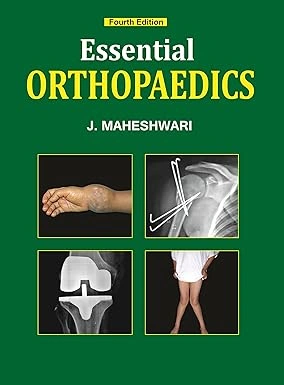
This textbook is known for its comprehensive coverage, making it an ideal choice for undergraduates and new entrants into the world of orthopedic medicine.
Dr. Maheshwari discusses a range of topics from basic anatomy and physiology to detailed descriptions of common orthopedic conditions.
It provides a systematic approach to diagnosing and managing orthopedic injuries, including insights into both conservative treatments and surgical techniques.
The use of clear, descriptive illustrations helps in simplifying complex topics, making them more accessible to students.
It’s a valuable resource for building a solid foundation in the essentials of orthopedic care.
2) Short Textbook of Orthopedics for Undergraduate Students by John Ebenezer
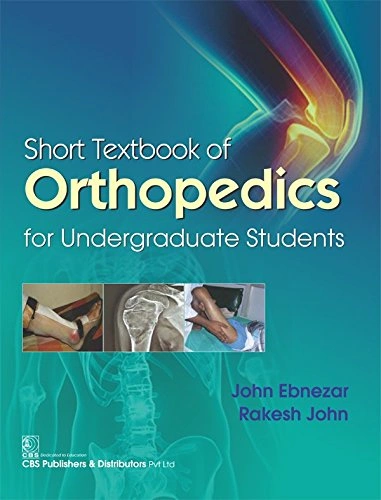
This book offers a concise overview of orthopedics, tailored specifically for undergraduate students.
John Ebenezer distills the core concepts of orthopedics into digestible, focused content that highlights the most critical aspects of diagnosis and treatment.
This textbook is especially useful for students who need to grasp the fundamental ideas quickly without getting overwhelmed by the breadth of the field.
Its straightforward presentation helps in understanding complex principles and serves as an excellent introduction to the discipline.
3) Orthopedics Quick Review (OPQR) by Apurv Mehra
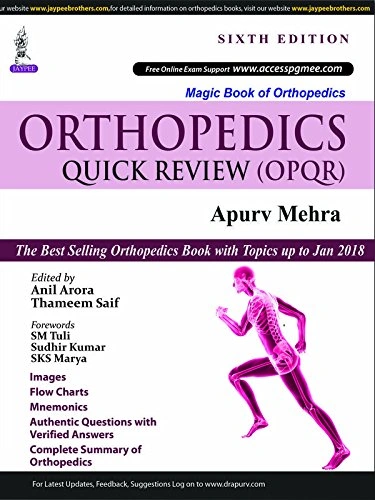
Ideal for students preparing for entrance exams, this review book by Apurv Mehra focuses on multiple-choice questions that reflect the format and demands of medical examinations.
“Orthopedics Quick Review” is an excellent resource for testing knowledge, practicing scenarios, and refining problem-solving skills within the orthopedic context.
The book covers a wide array of topics, ensuring that students are well-prepared for their tests and have a good handle on various orthopedic conditions and their treatments.
4) Oxford Handbook of Orthopedics and Trauma
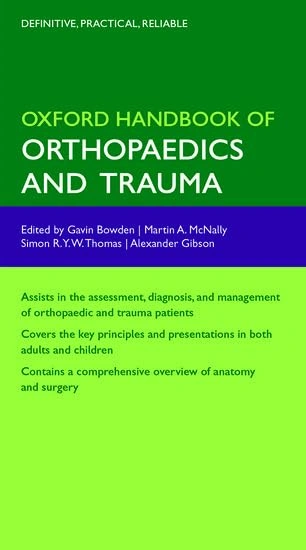
A staple in clinical rounds and quick consultations, the “Oxford Handbook of Orthopedics and Trauma” offers succinct, practical guidance that is essential for any MBBS student.
This handbook addresses a wide range of orthopedic conditions, providing up-to-date information on diagnostics, management strategies, and treatment options.
Its compact format makes it easy to carry and reference in a variety of clinical settings, bridging the gap between classroom learning and practical, real-world application.
These textbooks each serve a unique purpose in the education of an orthopedic specialist.
From comprehensive guides and quick reviews to concise textbooks and practical handbooks, they equip MBBS students with the knowledge and skills needed to succeed in the demanding field of orthopedics.
Anatomy Atlases for Orthopedics for MBBS
A thorough understanding of human anatomy is fundamental for any medical student.
The intricate details of the musculoskeletal system, including bones, joints, muscles, and connective tissues, are essential for diagnosing and treating orthopedic conditions.
Below are several key anatomy atlases that provide invaluable visual aids and detailed explanations to help MBBS students master the anatomical complexities of orthopedics.
1) Netter Atlas of Human Anatomy
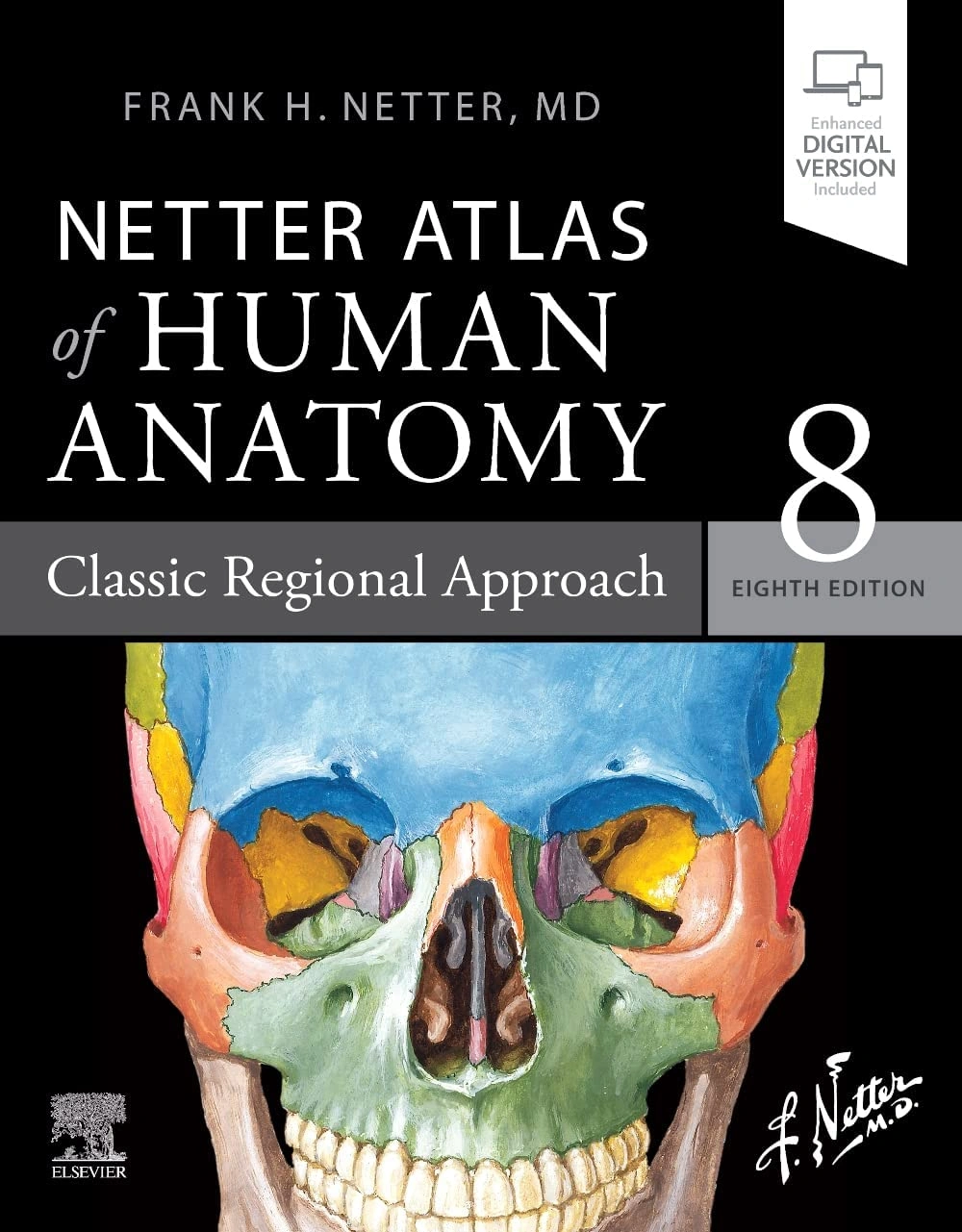
Frank H. Netter’s atlas is one of the most revered resources in medical education, renowned for its precise and detailed anatomical illustrations.
This atlas is especially useful for orthopedic students as it provides a clear visualization of the musculoskeletal structure, complemented by clinical notes that bridge the gap between anatomical concepts and their practical applications in medical practice.
Each illustration is meticulously labeled and accompanied by informative text that enhances the student’s learning experience, making complex structures understandable and accessible.
2) Grant’s Atlas of Anatomy

Grant’s Atlas stands out for its realistic, detailed depictions of human anatomy, which are crucial for students involved in clinical and surgical settings.
This resource combines photographic realism with diagrammatic clarity, offering a series of unique illustrations that highlight the functional aspects of anatomical structures.
Its comprehensive coverage of the musculoskeletal system makes it an indispensable guide for orthopedic students who need to understand the anatomy in both a static and functional context.
3) Gilroy’s Atlas of Anatomy

Gilroy’s atlas is appreciated for its user-friendly presentation and its integration of anatomical information with essential clinical concepts.
The atlas features brilliantly clear illustrations with concise descriptions, which facilitate quick learning and recall.
Each section is organized to build on anatomical knowledge while emphasizing the clinical significance of the structures being discussed, which is ideal for students who must apply this knowledge in diagnosing and treating orthopedic conditions.
4) Kenhub Atlas of Human Anatomy
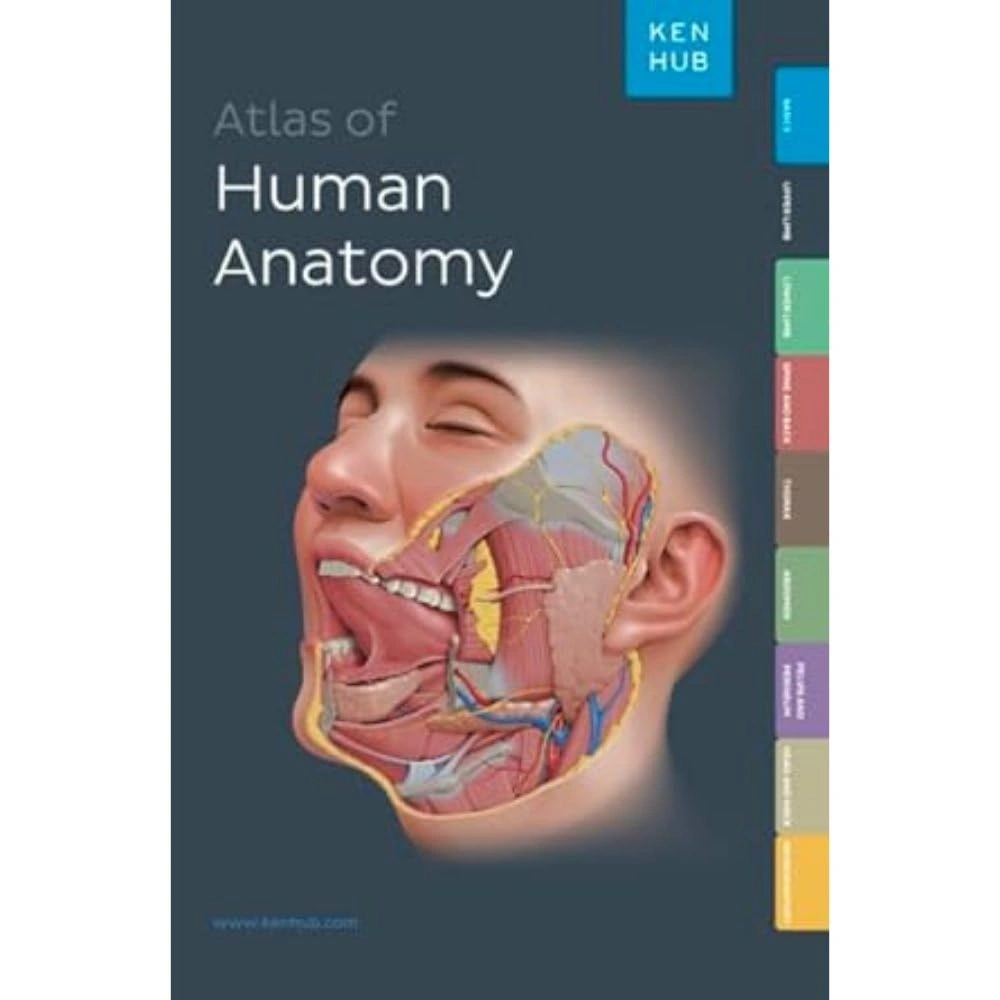
Kenhub provides a modern approach to learning anatomy through an interactive online platform that combines high-quality illustrations with detailed descriptions.
It also offers quizzes and tailored learning paths, making it an excellent resource for students who prefer a more interactive study experience.
Kenhub’s focus on combining visual resources with practical learning tools makes it particularly useful for orthopedic students who benefit from seeing and practicing as they learn.
These anatomy atlases are more than just books; they are comprehensive learning tools that enhance a student’s ability to understand and remember complex anatomical details.
For orthopedic students, these atlases are essential for mastering the detailed anatomy required to excel in their future careers, providing a solid foundation for both clinical practice and surgical procedures.
Each atlas offers unique features and learning experiences, allowing students to choose those that best fit their learning style and educational needs.
In addition to core textbooks and atlases, there are other valuable resources you can explore.
Additional Recommended Texts for Orthopedics for MBBS
Beyond the basic textbooks and anatomy atlases, MBBS students interested in orthopedics should consider a variety of other texts that provide a broader, more detailed understanding of the field.
These books cover advanced topics, offer insights into surgical techniques, and delve into specific areas of orthopedics like trauma and pediatric orthopedics.
Here are several additional recommended texts that are invaluable for students looking to deepen their orthopedic knowledge.
1) Campbell’s Operative Orthopaedics by Canale, S.T. & Beaty, J.H.
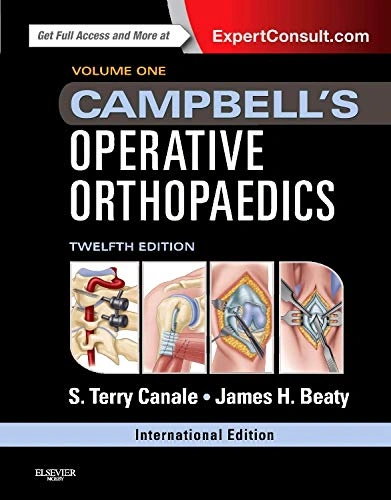
“Campbell’s Operative Orthopaedics” is a comprehensive resource that has long been considered the cornerstone of orthopedic literature.
Now in multiple editions, this extensive set of volumes covers a wide range of topics from basic science to detailed surgical procedures across all areas of orthopedics.
The book includes step-by-step procedures for virtually all orthopedic operations, complemented by high-quality illustrations and photographs that guide students through the complexities of each technique.
This text is especially useful for students who aspire to practice surgery, providing in-depth discussions on both common and complex procedures, preoperative planning, postoperative care, and the latest surgical techniques.
2) Apley’s System of Orthopaedics and Fractures by L. Solomon
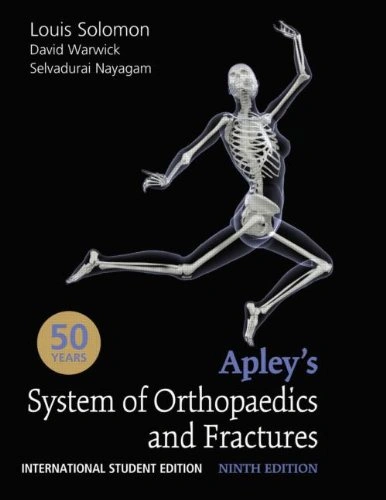
A staple in the field, “Apley’s System of Orthopaedics and Fractures” offers a concise yet comprehensive overview of orthopedic practice, including both adult and pediatric orthopedics.
The text is well-known for its clear, systematic approach which helps students understand the principles of fracture management, joint replacement, and the treatment of orthopedic conditions.
It combines clinical and radiological information in a readable format, making complex topics accessible and understandable.
This book is essential for students during their clinical rotations, as it serves as a practical guide to diagnosing and managing orthopedic patients.
3) Clinical Assessment and Examination in Orthopedics by C Rex
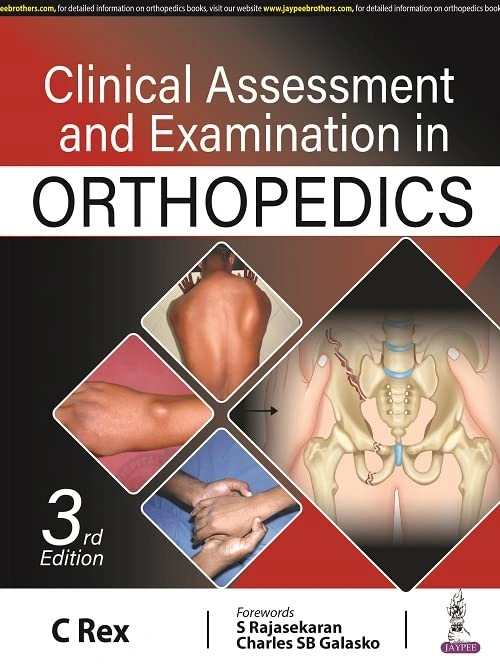
This text is crucial for developing the clinical skills necessary for orthopedic practice.
“Clinical Assessment and Examination in Orthopedics” covers the fundamentals of physical examinations and the clinical evaluations of patients with orthopedic symptoms.
It provides detailed descriptions of diagnostic techniques, common orthopedic tests, and tips for differential diagnosis.
The book is structured to enhance learning with a clear layout and rich illustrations that demonstrate proper examination techniques, making it an invaluable resource for students preparing for clinical exams or entering surgical training.
4) Practical Orthopedics by S.M. Tuli
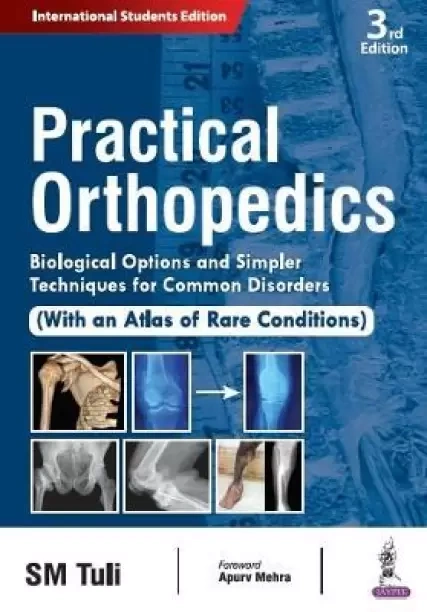
“Practical Orthopedics” by S.M. Tuli is renowned for its straightforward and highly practical approach to common orthopedic problems.
The book focuses on biological and simpler techniques for managing disorders, emphasizing conservative treatment options over surgical interventions.
It offers pragmatic advice on the non-operative management of orthopedic conditions, which is particularly useful in primary care settings or regions with limited access to advanced surgical facilities.
The text is well-organized, making it easy for students to find information relevant to their current studies or clinical cases.
5) Netter’s Orthopaedic Clinical Examination by Cleland, J., Koppenhaver, S., Su, J.

This guide stands out for its integration of detailed Netter illustrations with practical information on conducting orthopedic clinical examinations.
“Netter’s Orthopaedic Clinical Examination” offers a comprehensive look at the examination techniques necessary for a thorough orthopedic assessment.
The text includes evidence-based reliability and diagnostic utility of various orthopedic tests, accompanied by clinical pearls and simplified tables that summarize key information.
This resource is indispensable for students who want to excel in clinical settings, providing them with the tools needed to perform confident and effective patient evaluations.
These additional texts are essential for any MBBS student serious about pursuing a career in orthopedics.
They offer a depth of knowledge that complements basic learning materials and prepares students for both clinical practice and advanced surgical training.
Each book is tailored to enhance the educational journey of orthopedic students, from those beginning their studies to those approaching the complex world of orthopedic surgery.
To effectively utilize these resources, it’s crucial to develop effective study strategies.
Study Tips for Mastering Orthopedics in MBBS
Mastering orthopedics during an MBBS program requires strategic planning and focused effort.
Given the complexity and breadth of the discipline, students must adopt effective study techniques to excel.
Below are detailed strategies that can help MBBS students enhance their understanding and proficiency in orthopedics.
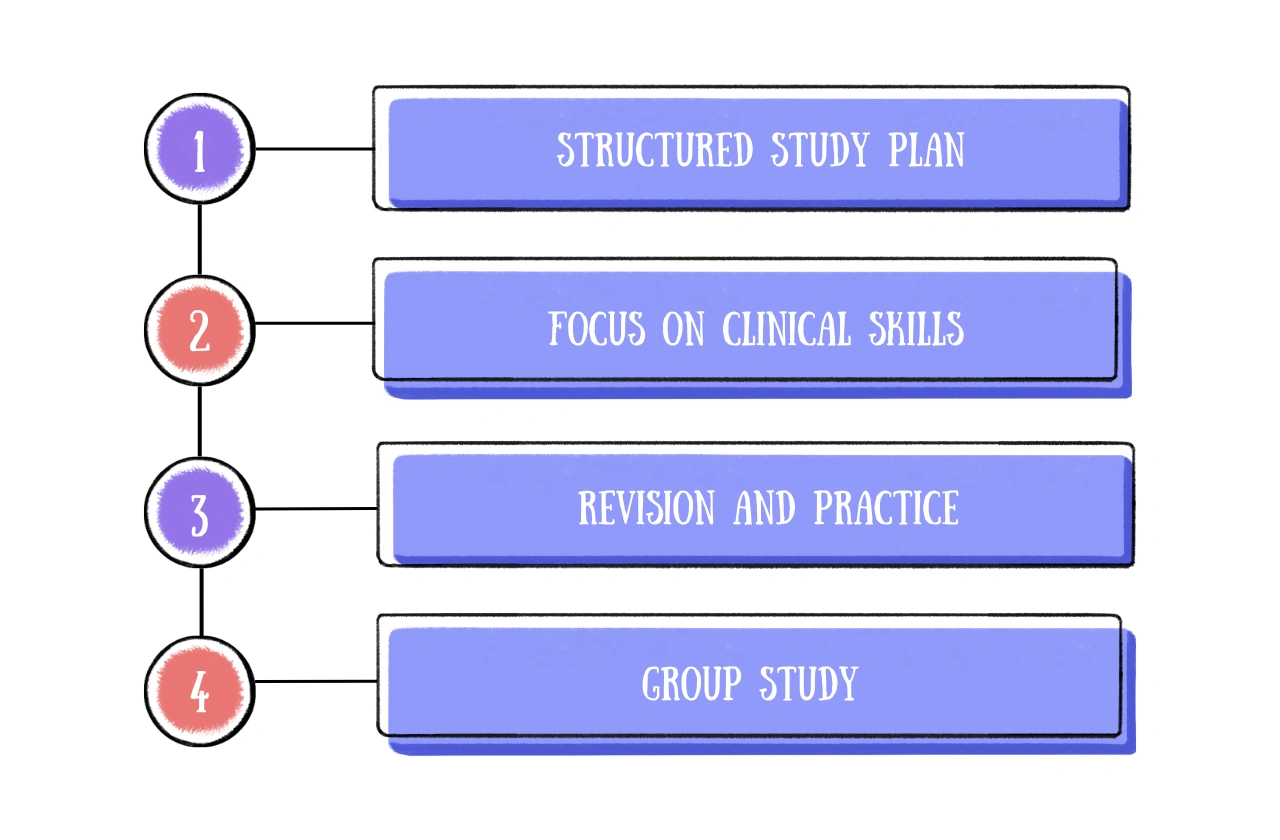
1) Structured Study Plan:
Creating a structured study plan is essential for managing the vast amount of information in orthopedics.
Start by dividing the curriculum into major topics, such as bone pathology, joint disorders, and corrective surgeries.
Each major topic can be further broken down into subtopics. For example, joint disorders could include detailed studies on arthritis, dislocations, and sports injuries.
Allocate specific times to each topic and stick to a consistent schedule. Use tools like calendars or digital planners to set reminders and track your progress.
Prioritize areas based on their complexity and relevance to upcoming exams or clinical rotations.
Additionally, setting short-term goals for each study session can help maintain focus and motivation.
For instance, aim to understand the types of fractures and their treatment in one session, then move on to diagnostic techniques in the next.
2) Focus on Clinical Skills:
Orthopedics is a hands-on specialty where clinical skills are as important as theoretical knowledge.
Engage in as much clinical exposure as possible. This could include attending surgeries, shadowing orthopedic rounds, or participating in medical simulations.
Each experience helps you see how theoretical knowledge is applied in real-life scenarios.
Practicing orthopedic examination techniques under the supervision of experienced physicians is crucial.
Learn the proper way to conduct physical exams, use orthopedic tools, and interpret diagnostic tests.
Take advantage of skills labs and simulation centers available at your medical school.
These facilities provide a safe environment to practice on mannequins or virtual reality simulations before performing procedures on actual patients.
3) Revision and Practice:
Regular revision is key to reinforcing what you’ve learned.
Incorporate a variety of resources into your study sessions, including past examination papers, quiz books, and online platforms offering practice questions.
These resources help familiarize you with the exam format and typical questions, reducing anxiety and improving your test-taking strategies.
Organize or participate in mock exams and practical sessions.
These can simulate the pressure of actual exams and help you manage time effectively.
Practical sessions, especially those involving case studies or virtual patient interactions, are invaluable for applying theoretical knowledge in clinically relevant ways.
4) Group Study:
Studying in groups can be extremely beneficial when tackling a complex field like orthopedics.
Group study allows for the exchange of ideas, clarification of doubts, and exposure to different understanding perspectives.
Organize regular study sessions with classmates to discuss tricky topics, review each other’s understanding, and solve complex problems together.
Case discussions are particularly useful in a group setting.
They not only improve diagnostic skills but also help in understanding diverse treatment options.
Moreover, practicing clinical skills with peers, such as casting or splinting in a controlled environment, enhances learning and builds confidence in performing these skills in real clinical settings.
By diligently studying and utilizing the right resources, you can build a strong foundation in orthopedics and excel in your medical career.
Conclusion
The field of orthopedics is both broad and highly specialized, demanding a strong grasp of anatomical knowledge and surgical skills.
For students embarking on this medical journey, the textbooks and resources outlined in this article serve as crucial tools.
They not only provide the foundational knowledge required to understand the complexities of the human musculoskeletal system but also offer practical guidance that is essential for clinical success.
By employing a structured study plan, participating in group discussions, and continuously practicing clinical skills, students can enhance their learning experience and improve their proficiency in this challenging medical field.
Thus, with the right resources and a committed approach, mastering orthopedics can be a rewarding and enriching part of your medical education and career.
FAQs
1) Which is the best orthopedic book for MBBS students?
While the “best” book can vary depending on personal learning style and curriculum requirements, “Essential Orthopedics” by Dr. Maheshwari is highly recommended for its comprehensive coverage and clear explanations.
It’s suitable for both beginners and those looking to solidify their understanding of fundamental orthopedic concepts.
2) How can I prepare for my orthopedic practical exams?
Preparation for practical exams should focus on both theoretical knowledge and hands-on skills.
Regularly review your course materials, engage in clinical practice sessions, and take advantage of any simulation labs available at your institution.
Additionally, practicing with past exam questions and participating in study groups can greatly enhance your readiness for practical assessments.
3) Is it essential to have multiple orthopedic books for MBBS?
While one well-rounded textbook might be sufficient for some students, others may benefit from consulting multiple sources.
Additional books like “Netter’s Orthopaedic Clinical Examination” for clinical skills and “Campbell’s Operative Orthopaedics” for surgical techniques provide more in-depth coverage on specific areas and can be valuable resources for deeper learning and specialization.

